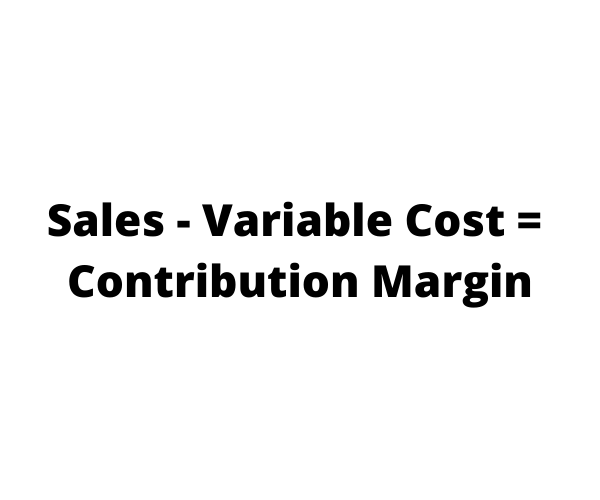Contribution Margin Ratio Formula Per Unit Example Calculation

Thus, the concept of contribution margin is used to determine the minimum price at which you should sell your goods or services to cover its costs. Therefore, it is not advised to continue selling your product if your contribution margin ratio is too low or negative. This is because it would be quite challenging for your business to earn profits over the long-term. The contribution margin ratio is also known as the profit volume ratio. This is because it indicates the rate of profitability of your business. Investors and analysts may also attempt to calculate the contribution margin figure for a company’s blockbuster products.
Formula and Calculation of Contribution Margin
Variable Costs depend on the amount of production that your business generates. Accordingly, these costs increase with the increase in the level of your production and vice-versa. This means the higher the contribution, the more is the increase in profit or reduction of loss.
- This assessment ensures investments contribute positively to the company’s financial health.
- 11 Financial is a registered investment adviser located in Lufkin, Texas.
- Accordingly, the Contribution Margin Per Unit of Umbrella would be as follows.
- For information pertaining to the registration status of 11 Financial, please contact the state securities regulators for those states in which 11 Financial maintains a registration filing.
- Furthermore, an increase in the contribution margin increases the amount of profit as well.
Sales Revenue
Instead, management uses this calculation to help improve internal procedures in the production process. The CVP relationships of many organizations have become more complex recently because many labor-intensive jobs have been replaced by or supplemented with technology, changing both fixed and variable costs. For those organizations that are still labor-intensive, the labor costs tend to be variable costs, since at higher levels of activity there will be a demand for more labor usage.
How do you calculate the weighted average contribution margin?
Conceptually, the contribution margin ratio reveals essential information about a manager’s ability to control costs. The difference between variable costs and fixed costs is as follows. For example, assume that the students are going to lease vans from their university’s motor pool to drive to their conference. A university van will hold eight passengers, at a cost of $200 per van.

It is calculated by dividing the contribution margin per unit by the selling price per unit. For the month of April, sales from the Blue Jay Model contributed \(\$36,000\) toward fixed costs. To understand how profitable a business is, many leaders look at profit margin, which measures the total amount by which revenue from sales exceeds costs.
How to Calculate Contribution Margin
Suppose Company A has the following income statement with revenue of 100,000, variable costs of 35,000, and fixed costs of 20,000. The contribution margin ratio represents a company’s revenue minus variable costs, divided by its revenue. In short, it is the proportion of revenue left over after paying for variable costs.
One packet of whole wheat bread requires $2 worth of raw material. The electricity expenses of using ovens for baking a packet of bread turns out to be $1. A financial professional will offer guidance based on the information provided and offer a no-obligation call to better understand your situation.
And to understand each of the steps, let’s consider the above-mentioned Dobson example. Thus, the total manufacturing cost for producing 1000 packets of bread comes out to be as follows. Contribution margin calculation is one of the important methods to evaluate, manage, and plan your company’s profitability. Further, the contribution margin formula provides results that help you in taking short-term decisions. Alternatively, the company can also try finding ways to improve revenues.
Leave out the fixed costs (labor, electricity, machinery, utensils, etc). For every additional widget sold, 60% of the selling price is available for use to pay current liabilities and difference between current assets and liabilities fixed costs. The contribution margin is important because it gives you a clear, quick picture of how much “bang for your buck” you’re getting on each sale.


